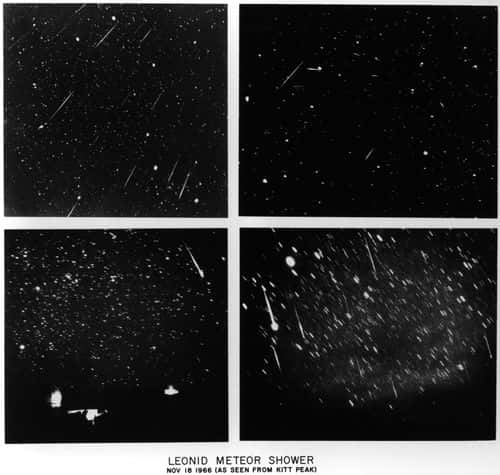Leonid meteor shower: When will it peak and how to watch the starry spectacle

CHICAGO, ILLINOIS: November has already begun to be a fiery month for meteors, thanks to a swarm of fireballs from the Taurid meteor shower. It begins as early as Thursday, Nov 17, and will peak at 6.pm, according to EarthSky CT. Anyone on the night side of the planet at that time will be able to see the celestial event. The Leonids will get underway, and a veritable meteor storm may occur the following night.
The Leonids are regarded as a speedy shower, producing quick, bright shooting stars, whereas the Taurids are noted for moving somewhat slowly as they burn up in the atmosphere and produce many fireballs (particularly this year). The Leonids produce an incredible frenzy of fire in the sky a few times every century, with hundreds or even thousands of shooting stars visible every hour, as per reports from abc 7.
READ MORE
August's Sturgeon Moon: When and where to watch supermoon clashing with Perseid meteor shower
Hubble discovers SHIELD protecting Milky Way's two largest satellite galaxies
By December 2, both the North Taurid meteor shower and the Leonid meteor shower are active. During peak periods, skywatchers may see 10 to 15 meteors per hour. The meteors collide with the atmosphere virtually head-on as they move in the opposite direction of Earth's rotation. According to Robert Lunsford, organizer of the American Meteor Society's Fireball Report, the space rocks are often observed traveling 44 miles per second (71 kilometers per second) in the sky, making them the fastest meteors of any of the major annual meteor showers. According to Lunsford, the brighter meteors often leave glowing trails and sometimes even smoke trails in the sky that can last up to several minutes.

When to watch Leonid meteor shower?
The Meteor Society has predicted that Earth may also pass over a concentrated stream of debris left by the Leonids' parent comet, Tempel-Tuttle, in 1733. The best time to be out looking for meteors is Thursday, Nov 17 evening and early Friday, Nov 18. According to Lunsford, in this case, up to 250 meteors may be visible every hour on Saturday morning at about 1.00 am ET. If you are on the night side of the Earth during this time, you may be able to see a meteor but to increase your chances, keep an eye on the eastern horizon. Since the constellation Leo, from which the meteors appear to radiate, is still below the horizon, those on the west coast of the United States have an even lower chance of seeing this outburst.
How to watch Leonid meteor shower?
If you want to see the spectacle, choose a location with a wide view of an unclouded sky and no light pollution. Using a program such as Stellarium, locate the constellation Leo and position yourself so that the head of Leo is in the center of your field of view. This area of the sky appears to emit Leonid meteors, hence the name. Although it is not necessary to position yourself this way, since the meteors will move all over the sky, it might improve the situation. To avoid the shooting stars being obscured by the waning moon, it may be even more important to do so. Just sit back and relax after you have settled in. If you give yourself a full hour or more, you should be able to see at least a few meteors once your eyes get used to them, cnet reports.










